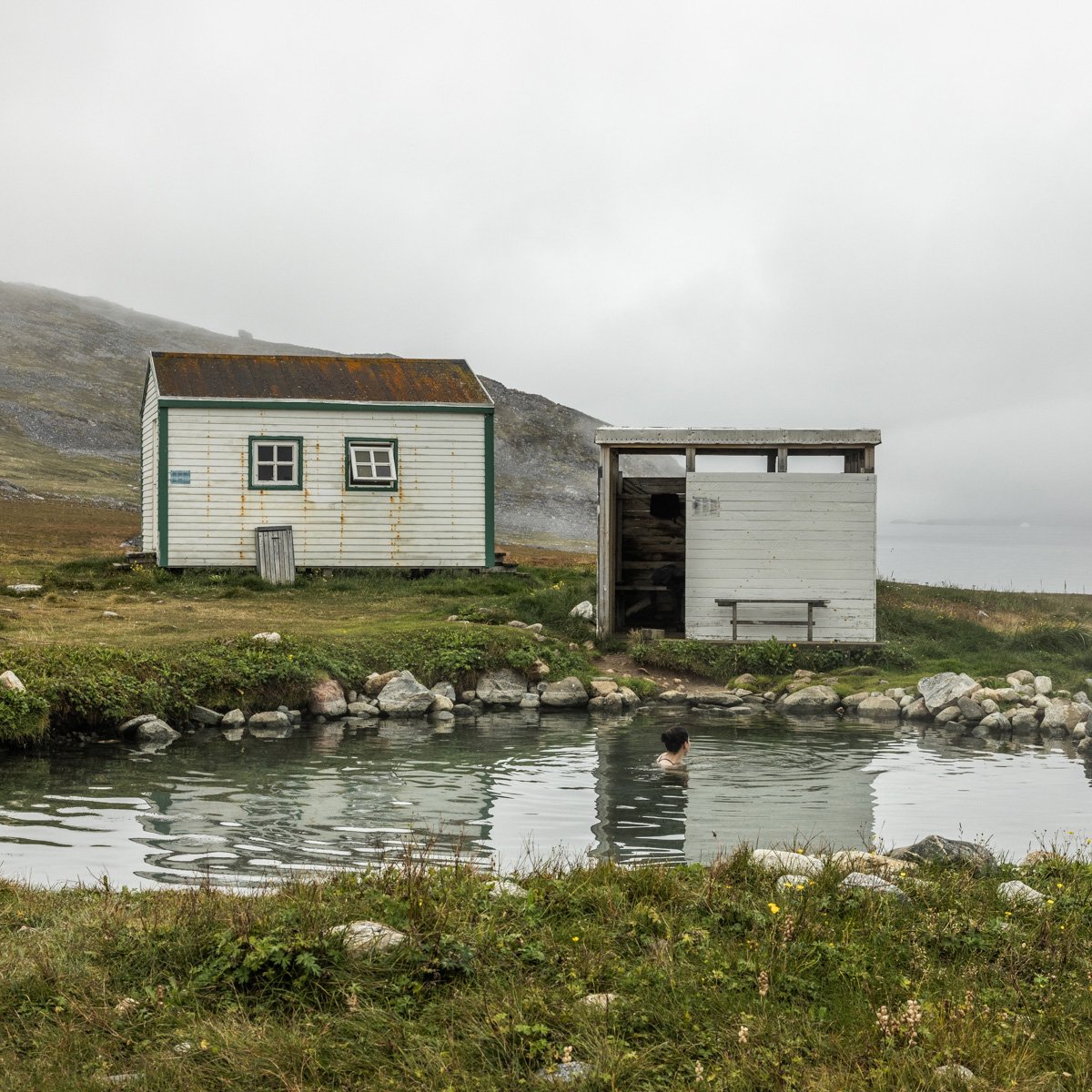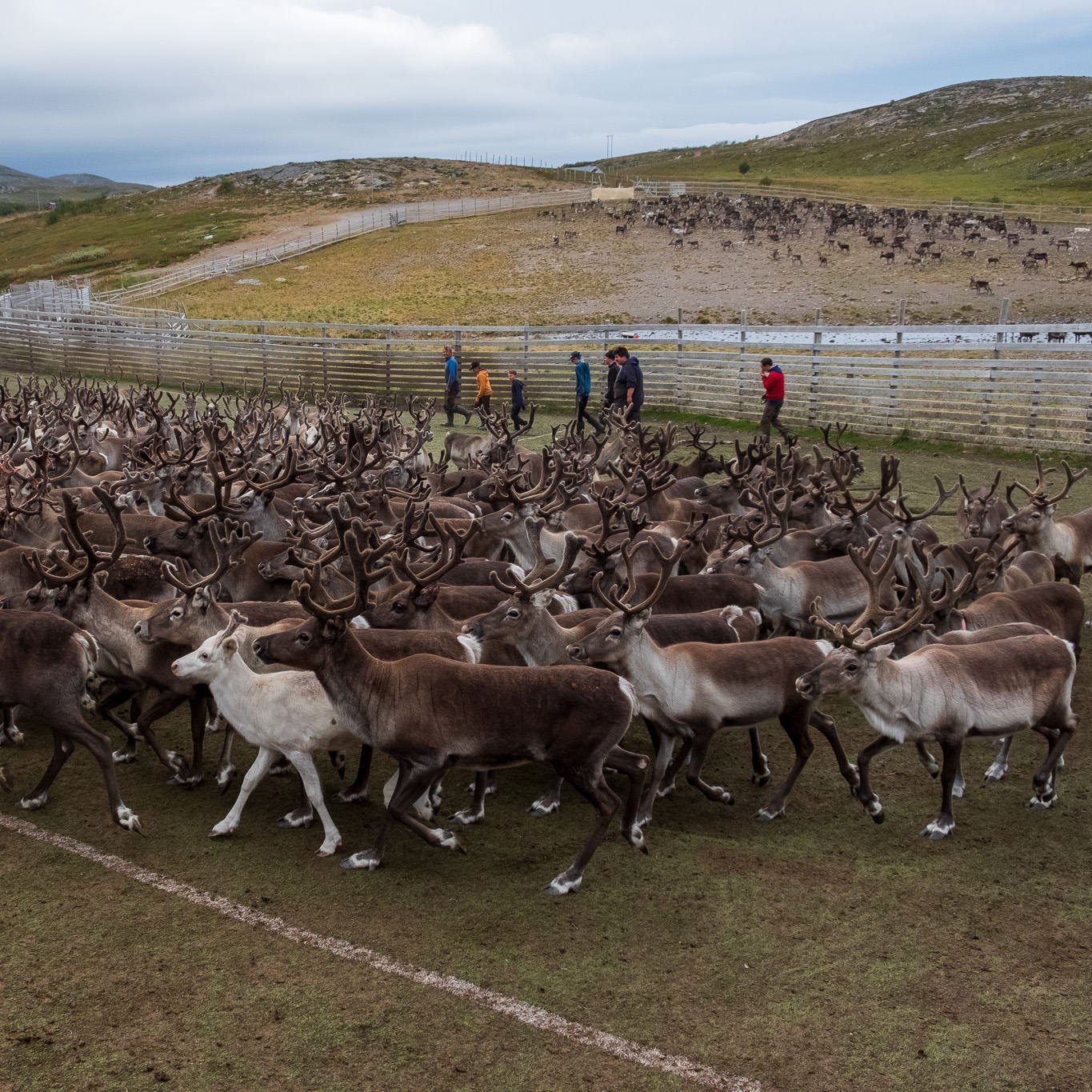On the Shores of Lake Turkana
What happens to the animals when there's nothing to drink?
JULY 6, 2023
At dawn, the mouth of the Turkwael Delta is flush with Turkana community members preparing to fish for the day.
Lake Turkana is 250 kilometers long and brushes the southern tip of Ethiopia. Called “Anam Ka’alakol,” by the Turkana people, meaning “sea of many fishes,” the lake is home to about one hundred fish species, and likely even more that are yet to be discovered. The Turkana people are the third-largest pastoral community in Kenya and have been residing around the lake for almost 400 years.
The lake and the three primary rivers that feed it –– the Omo, Turkwel, and Kerio –– are home to the world’s highest concentration of Nile crocodiles, and are a haven for zebras, lions, antelopes, and the Turkana mud turtle.
The Omo River is known as Turkana’s “umbilical cord,” supplying 90 percent of the lake water. But its flow is regulated by the Gibe III Dam, constructed as part of the African Development Bank’s Omo-Gibe Masterplan to manage land and water. Completed in 2015, the dam significantly boosted Ethiopia’s energy output, yet it has also halted seasonal floods that are vital to Indigenous communities’ fishing and agricultural practices.
Since September 2020, Kenya has had one failed rainy season after another. The delta region of the Turkwel River, which should feed into the lake, is dry; wind whips flaked shards of baked mud across the empty riverbed, where cattle skeletons are a common sight.
For the Turkana people, the abiding drought has forced changes to their way of life and left them to contend with increasing food and water insecurity.
Dwindling and dried-up pastures have forced herders to migrate in search of fresh food for their livestock. Incidences of clashes between ethnic groups have spiked as Daasanach herders, a Cushitic ethnic group from Ethiopia, spill south onto Turkana land. Animal populations have plummeted –– the World Food Programme estimates that at least 1 million livestock have perished in Kenya alone since September 2020.
Many Turkana still mark important celebrations by exchanging or slaughtering animals. When I visited the lake in late February, I watched as a camel was slayed by a team of 20 or so Turkana in the remote village of Kang’agetei, a stone’s throw from Eliye Springs on the lake’s western shore, as part of a ritual celebration meal. Men and boys chatted excitedly –– they were celebrating a community member’s marriage that day. The women, children, and elders sat beneath the shade of thorny acacia trees, protected from the sun, waiting for the upcoming feast. “You have your wedding cake, we have our camels,” said Lucas Evans, who grew up in remote Eliye Springs. He’s been struggling to find work, and returned here after being unable to afford tuition to study engineering.
In west Turkana, people are turning to fishing as their primary livelihood. At Lochilet beach, not far away from Kalokol town — which has become Turkana’s hub for fish exporting in recent years –– 18-year-old Lona Esmit was busy splitting fish in half, gutting and stringing them up on reed straws. She said that three years ago, she and her two sisters owned three cows. But when those cows died from the drought, they felt that they had little choice but to look to the lake for sustenance and work.
Further north along Lake Turkana, Lochampa Ekingol has 7 children to feed. “We used to have cattle –– 20 heads,” she said. But in 2017, Ekingol sold her surviving animals to move closer from Lowarengak town to Kaito beach to become fishers, along with a handful of other households. I asked her if she ever wanted to go back to that life of working with animals. “If God will bless us through this lake, we will use the money to buy back cattle,” she tells me.
One of the handful of straw huts proliferating the shores of Kalokol, where the Turkana have been drawn to in light of a pervasive 3-year drought.
A boy helps with the untangling of fishing nets at Kaito beach, after the men from the village have returned from their fishing trip. This morning in particular, they had little to show for their labor.
At remote Kaito village on the western shores of Lake Turkana, a toddler runs past rows of tilapia laid out to dry in the sun.
At Kaito Village, a man sits in the hot afternoon sun, resting after a morning spent fishing.
Children gathered in the late afternoon by northern Kenya’s Lake Turkana. The lake has become not only a vital source of livelihood but important part of the social fabric for lake-adjacent communities.
By the Turkwel Delta, young men gut and salt freshly caught fish. Buyers from all across Kenya have started to frequent Turkana for its abundant fish in recent years.
A boy showing off a baby crocodile that he netted in a shallow section of the lake, which his father had set up for kids to practice fishing in.
A young boy walking toward Lake Turkana, which has increasingly become the main source of food for the region, countering a rich history of pastoralism. Crocodiles are a menace to fishermen since they can easily wreck fishing nets or eat the fish caught in them.
By the Turkwel Delta, a young boy corrals some errant bulls––skinny from the lean times of the drought––belonging to his community.
Turkana villagers returning to shore after a day spent out on the water.
This photo essay was supported by the Pulitzer Center on Crisis Reporting.




